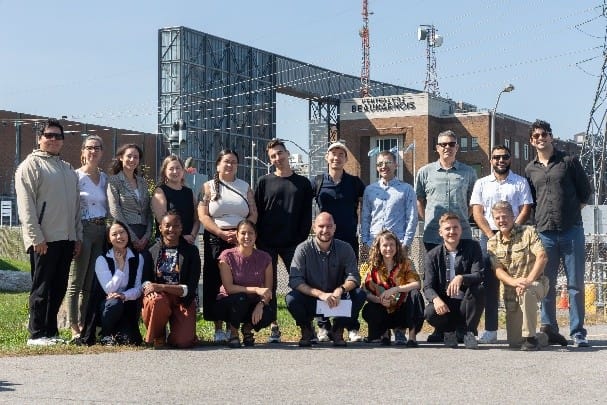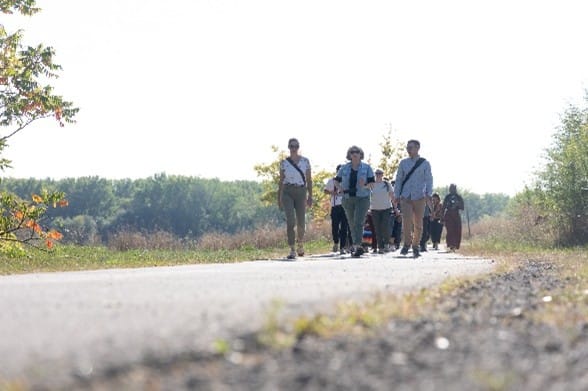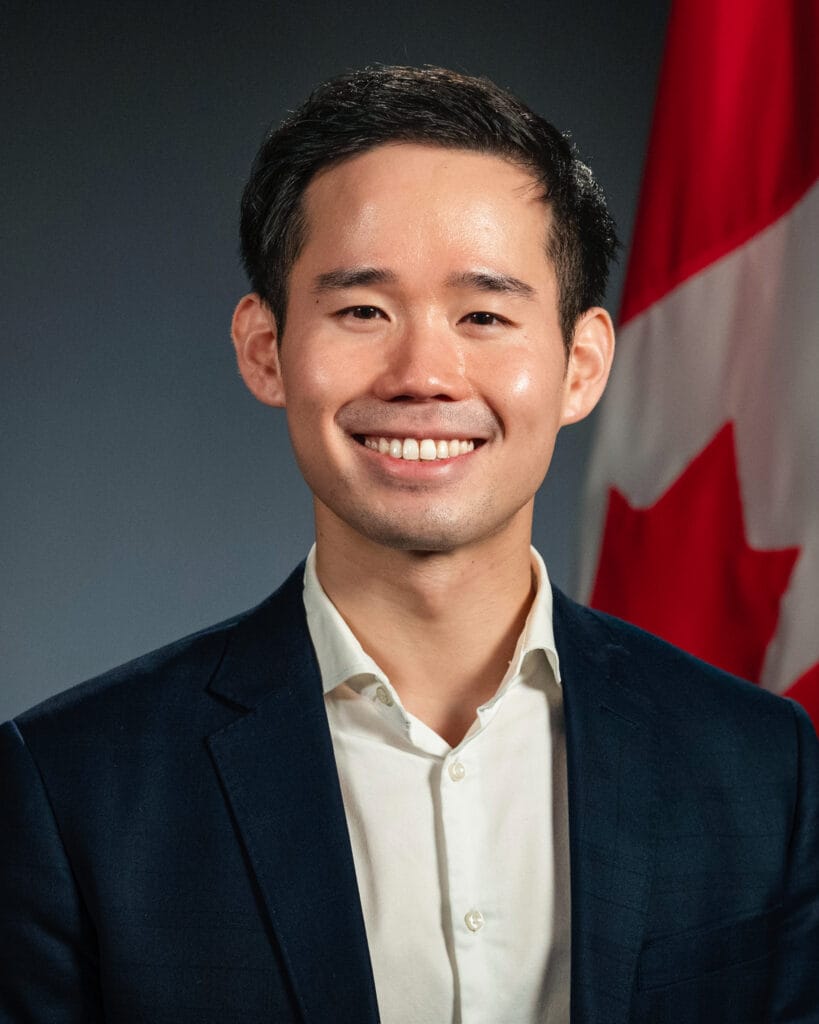Tending roots we may never see grow: Lessons on Climate Resilience from Quebec’s Rivers and Communities
This year, the Action Canada Fellowship has centered on one key theme: climate resilience, a concept often defined through strength, adaptability, and the capacity to bounce back. During our study tour in Montérégie, those familiar definitions gave way to something far more complex and human.
At Beauharnois Dam, 926 metres of concrete arching across the St. Lawrence, I was struck by its double legacy: a triumph of 1930s engineering that lit cities and powered industries, and a wound that broke hearts and uprooted communities as it flooded farmland and displaced families. Its Art Deco arches still impress, and the giant fleurdelisé carved into the landscape proclaims a proud nation. Yet what stayed with me was not the grandeur but a question: what does it mean to build something that truly lasts?


At Kahnawà:ke, a First Nation on the south shore of the St. Lawrence, we were reminded of what development had cost: fishing grounds severed, burial places disturbed, land fragmented. As our host spoke about the legacy of the St. Lawrence Seaway, a cargo ship passed behind her, its horn drowning out her words — a stark reminder that infrastructure built decades ago continues to disrupt lives today. Still, resilience endured: fish rescued by hand, gardens planted, seeds saved. Protecting land, our hosts reminded us, means protecting culture.
In Saint-Jean-sur-Richelieu, resilience looked practical. Their climate action plan stretches to 2034, but what I remember is simpler: a parking lot stripped of asphalt and replanted with trees. Rain had somewhere to go, the soil breathed, and people gathered. Here, resilience wasn’t abstract. It was a parking lot turned green.
In Longueuil, resilience took the shape of relationships. Municipalities, schools, and community groups were woven into a single network that prepares for floods and storms together. Their sécurité civile showed that resilience is not poured in concrete or written in plans, but built in the quiet trust of neighbours who show up for one another.
In a closed-door conversation, resilience showed its human side. A community leader described cancelling a major public event at the height of a crisis, knowing that no matter his choice, someone would be left hurt. His honesty stayed with me. Resilience, I realized, is not only about ecosystems and infrastructure. It is also about people carrying impossible responsibilities and still showing up the next day.
Throughout the week, we were drawn back to an older wisdom. The Haudenosaunee teaching of Seven Generations calls us to make decisions with the well-being of seven generations in mind, to understand that resilience is not measured in quick fixes but in choices that last. Nous n’héritons pas de la terre de nos ancêtres, nous l’empruntons à nos enfants.

Those roots were everywhere: in depaved lots turned green, in Fellows listening and giving one another space, in communities protecting both land and culture. The horn may drown voices for a moment, but resilience resides in the roots that hold deep, unseen, and strong. In the end, resilience is less about building Ozymandian projects than about tending roots. It is the slow, steady work of nurturing trees whose shade we may never sit beneath, so future generations can breathe.

Featured Fellow
Jimmy is an Economist at Finance Canada, where he leads analysis on trade policy and Canada’s response to international tariff measures.
His current work focuses on supporting Canadian businesses through global economic disruptions and developing innovative policy solutions. He has held key roles across the federal government, including at Global Affairs Canada and the Privy Council Office, where he managed economic and foreign affairs files and contributed to Canada’s pandemic response and recovery.
As a first-generation Canadian, Jimmy’s journey through Vancouver, Montreal, and Ottawa shapes his approach to bridging economic policy with community impact. He is committed to rethinking established practices and amplifying underrepresented voices to drive meaningful, systemic change.
Previously, Jimmy held research and advocacy roles with the UN Office on Drugs and Crime, the Economist Intelligence Unit, policy think tanks, and non-profit organizations. Outside government, he chairs the Ottawa LSE Alumni Association and leads community and wellness initiatives. He holds an MSc from the London School of Economics and a BA from McGill University.
